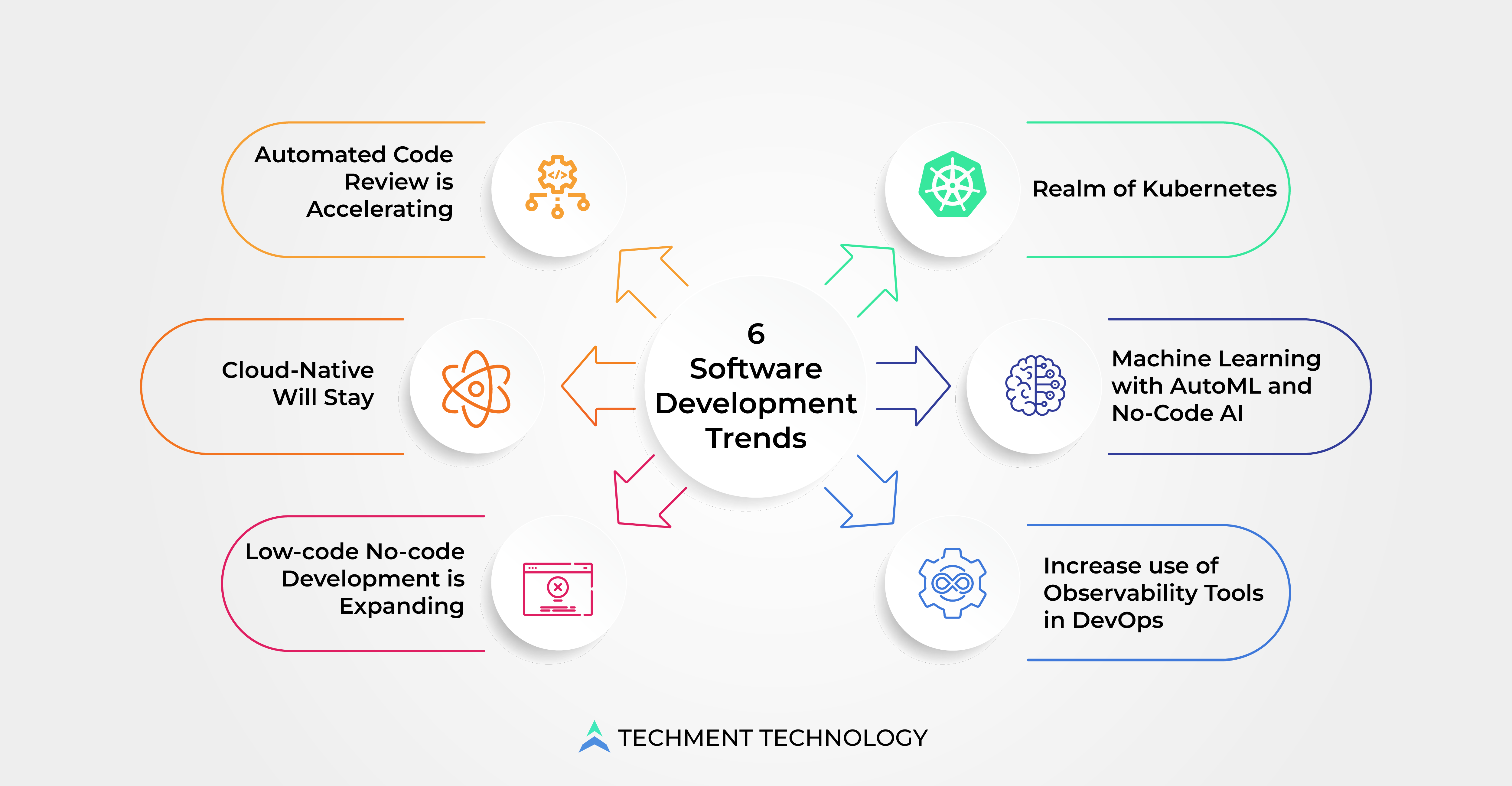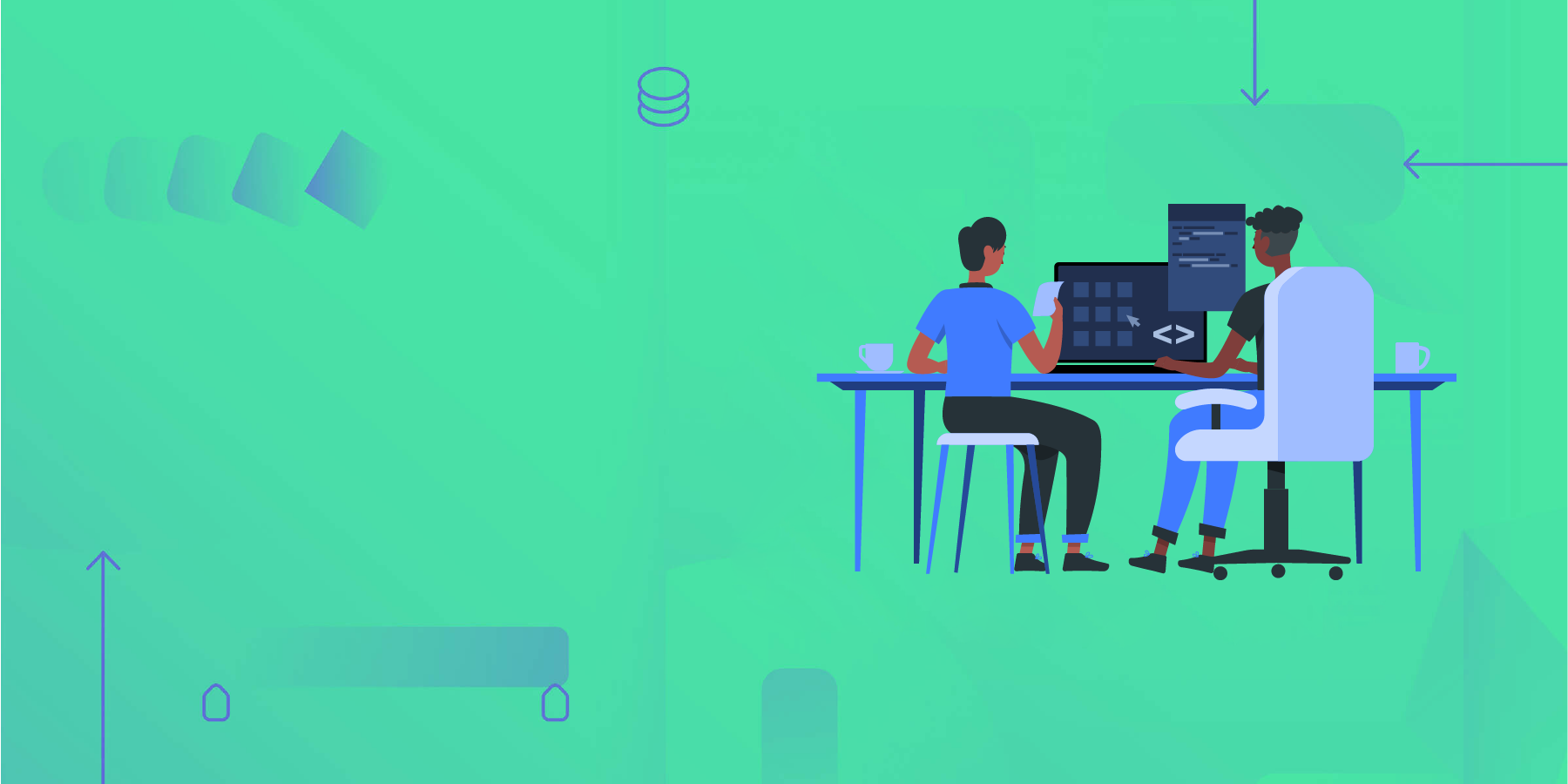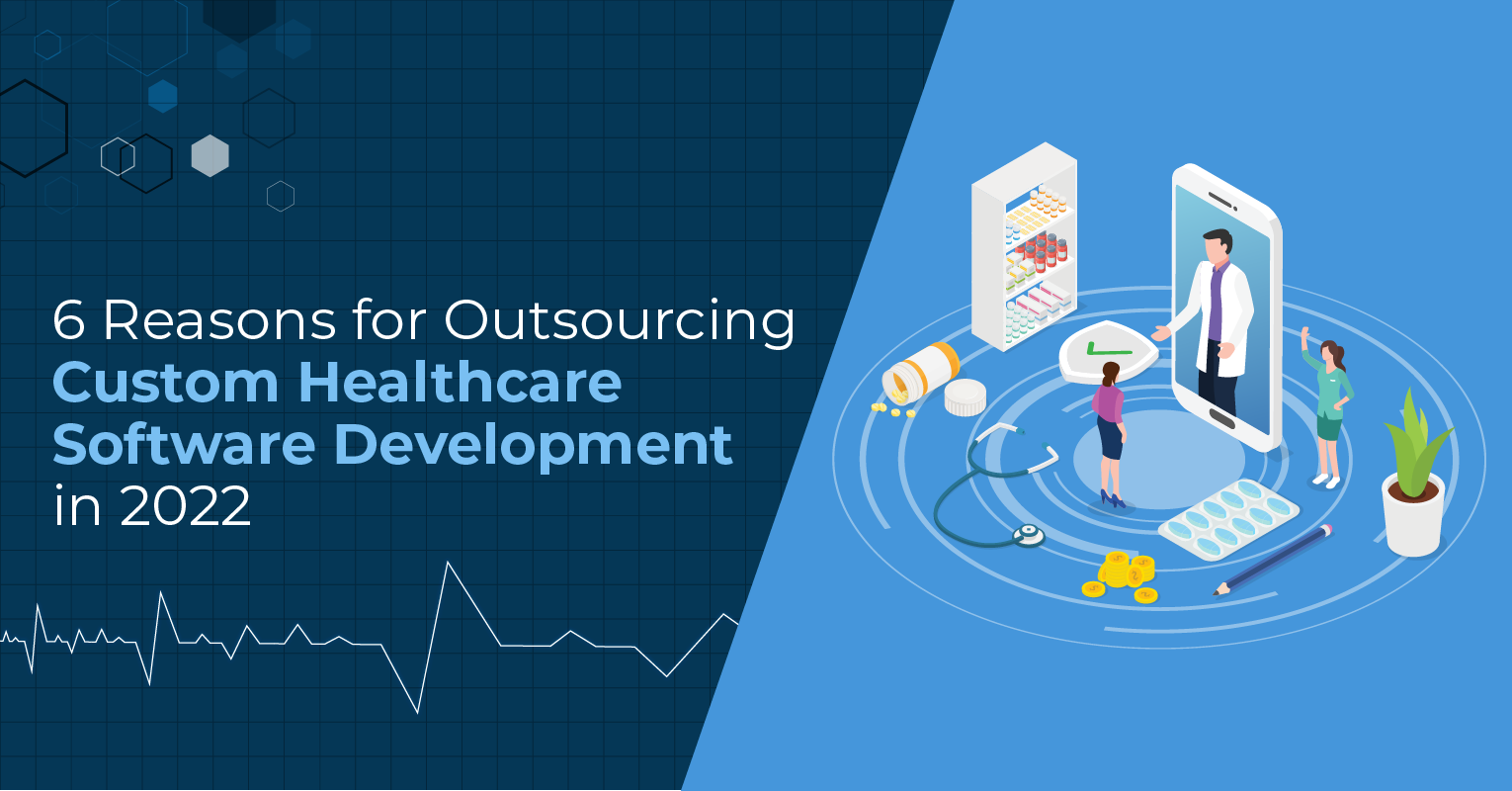The sphere of software development is constantly evolving with emerging technologies and new societal demands. This blog explores the most crucial software development trends that will shape the industry in 2022.
Undoubtedly, the pandemic has become an inflection point for businesses forcing them to reorganize their technology roadmaps and accelerate IT priorities. Building software with compelling customer experience improved time-to-market, and prioritizing investments became urgent challenges for organizations. The collective consciousness of the business community has shifted towards building secure, easy, resilient, and scalable software to evolve rapidly according to market demands.
Post-pandemic, software companies have faced skill shortages, and low-code no-code development has gained traction since then. This trend will continue to grow, and the market for low-code will touch 65 billion USD by 2027, according to Statista’s research. In another study by IDC, by 2023, over 500 million apps and software will be developed and deployed using cloud-native approaches. By2025 at least 90% of new enterprise software will embed artificial intelligence (AI).
Consequently, there is a need to move towards solutions capable of creating sustainable and adaptable businesses.
Let’s explore the popular software development trends and how organizations will follow these trends and stay on the curve!
Latest Software Development Trends Keeping Businesses Relevant
Under the influence of emerging technologies, businesses have been encouraged to transform into digital-first entities, accelerating digital innovations! Let’s dive in to explore what will take organizations ahead in the coming time.

1. Automated Code Review is Accelerating: Businesses need to perform operations faster as the development teams need to release software more quickly. Hence, developers are adopting automated code reviews where specific tools automatically check the codes. It benefits the developers in the following ways:
- Speed up the code review.
- Reduces the chances of errors in the development process.
- Help companies maintain coding standards at all levels.
2. Low-code No-code Development is Expanding: As its name suggests, low-code no-code requires little to no coding for software development, resulting in faster solution delivery. This trend has drastically changed the way software companies develop enterprise-grade software. Some interesting facts & statistics on low-code no-code are mentioned below:
According to Gartner;
- The use of low-code no-code will grow 3X by 2025.
- By 2025, 70% of new apps developed by organizations will use low-code no-code technologies.
- By 2024, 80% of the products & services will be built by non-IT professionals.
Hence, low-code no-code is gaining enormous popularity as it avoids hiring developers and increases ROI.
3. Cloud-Native Will Stay: Building, running, and improving apps based on well-known technologies for cloud computing is known as cloud-native application development. Such apps continue to enhance business values, speed up development processes, and optimize the existing ones. It’s a development approach to updating apps quickly, improving quality, and reducing risks to run responsive, scalable, fault-tolerant apps in private, public, and hybrid clouds.
This requires container adoption support and feedback through DevOps to develop and release loosely coupled services like microservices.
4. Realm of Kubernetes: As an open-source container orchestration platform, Kubernetes is the foundation of cloud software architectures like microservices and serverless that helps to merge code and automate deployment. Kubernetes has also become a go-to choice for serving artificial intelligence (AI) and machine learning (ML) workloads and bringing platform capabilities like access to GPU, scalability, workload portability, and much more.
Due to its in-built security features, it helps in cloud-native application development, the reason the developer community shows interest.
5. Machine Learning with AutoML and No-Code AI: The process of automating the time-consuming iterative tasks of machine learning development is called AutoML, which allows developers, data scientists, and analysts to build ML models with high-scale efficiency and productivity without compromising model quality. No-code AI is used to democratize the use of AI in software with low investment.
6. Increase use of Observability Tools in DevOps: Observability is the ability of a business to gain insights into the internal systems by analyzing data from external outputs. In DevOps, observability refers to software tools or methodologies that help development & operation teams to log, collect, and correlate massive amounts of data from distributed applications & extract real-time insights.
These methods empower teams to monitor, revamp, and enhance applications to deliver a better customer experience. They also enhance data-driven decision-making in all development teams within an organization.
As businesses are moving ahead in the digital world, software development will be the center of initiatives and will be a path to enhancing the digital customer experience and achieving better ROI.
Conclusion:
Balancing Customer Expectations with Secure Software Will be Vital
As organizations look to adopt secure and easy-to-go software, they need to keep up with the trends like DevSecOps, Low-code No-code, and others.
Security has received significant attention in software; hence, companies are considering security in every step of development. Also, organizations are adopting software that would help agile-driven tech transformations succeed.
To ensure future success, companies must determine what and how software development trends will shape.
Techment Technology has developed an outstanding team to provide DevOps, cloud-native, and Low-code No-code platforms. To know more about our software development process, get our expert consultation.
 All Posts
All Posts


